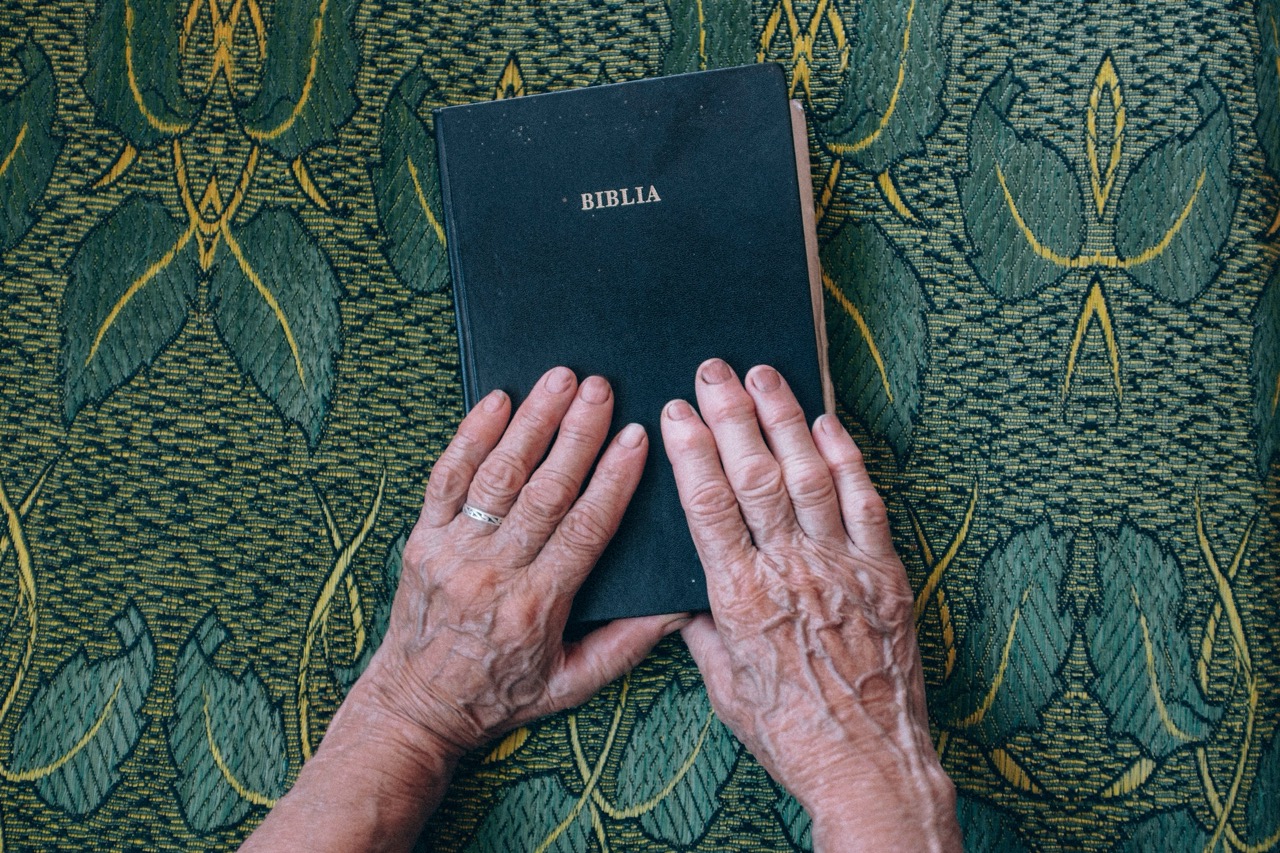Faith and Healing: The Miracle of the Paralyzed Man

The story of the paralyzed man, as recounted in the Christian Bible, is a narrative rich with themes of faith, hope, and miraculous healing. This poignant tale unfolds in the midst of a bustling community, where desperation meets belief, leading to an extraordinary encounter that changes lives forever. The paralyzed man, unable to walk, becomes the focal point of a powerful illustration of how faith can transcend physical limitations. This account invites us to explore not only the miracle of healing but also the profound impact of collective belief and the transformative nature of faith.
The Paralyzed Man: A Journey of Despair and Hope
In the heart of the bustling streets of Capernaum, a man lay helpless on his mat, his body confined to a state of paralysis. His days were spent watching the world pass him by, longing for the ability to walk, to engage, and to participate in life. The paralyzed man often felt the weight of despair, burdened by the notion that his condition was both a physical reality and a spiritual hindrance. The limitations of his body mirrored the limitations of his hope, as he struggled to envision a life beyond his current state.
Yet deep within this man was a flicker of hope, a belief that one day he might experience healing. The stories of Jesus, the healer, had spread through the region, igniting a glimmer of possibility in the hearts of many, including the paralyzed man. He longed to be part of the crowd that gathered to hear Jesus speak, to witness the miracles that unfolded before him. Although his physical state anchored him to despair, the whispers of hope that filled the air each day drove him to dream of a different reality—one where he stood tall and walked freely.
It was this journey of despair and hope that set the stage for the miraculous events to follow. The paralyzed man, confined to his mat, represented not just a physical ailment but also the emotional and spiritual struggles many face. His yearning for healing was not merely a desire to walk but a desire for liberation from the chains of his affliction. Little did he know that his moment of transformation was on the horizon, fueled by the faith of those around him.
A Community’s Faith: The Power of Collective Belief
The journey of the paralyzed man was not one he would take alone. As news of Jesus’ miraculous works spread, a group of faithful friends emerged, determined to help their companion experience healing. Their belief in Jesus’ power and compassion drove them to action, and they wasted no time in devising a plan to bring the paralyzed man to the healer. The tight-knit bond among the friends exemplified the profound strength found in community, especially during times of need.
However, when they arrived at the house where Jesus was teaching, they were met with an overwhelming crowd, preventing them from reaching the healer. Instead of succumbing to disappointment, the friends exhibited remarkable creativity and determination. They climbed onto the roof of the house, carefully removing tiles to create an opening. This act of audacity was driven by their unwavering faith that Jesus could restore their friend. The collective belief of these four friends became a palpable force, one fueled by love and a shared conviction that healing could be possible.
As they lowered the paralyzed man through the roof, the room fell silent, and eyes turned toward the unexpected interruption. The scene, charged with anticipation, was a testament to the power of collective faith. It was not just the paralyzed man’s longing for healing that mattered; it was the resolute belief of his friends that propelled him closer to the miracle. Their determination served as a reminder that faith, especially when shared, can break through barriers and create pathways to hope.
The Moment of Miracles: An Unexpected Encounter
In that pivotal moment, as the paralyzed man descended through the roof, he found himself in the presence of Jesus, the healer he had only heard about in whispers. The atmosphere in the room was electric, filled with a mixture of skepticism, curiosity, and hope. Jesus, recognizing the profound act of faith displayed by the friends, turned his gaze toward the paralyzed man, offering more than just physical healing. He began with words that stirred the hearts of all present: “Son, your sins are forgiven.”
This declaration was unexpected, and it stirred a wave of reaction among the onlookers. Some questioned the authority of Jesus to forgive sins, while others felt a sense of awe. It was a reminder that healing encompasses more than the physical; it also touches upon the soul. The paralyzed man, lying on his mat, was not just a vessel of despair, but a recipient of divine grace—a moment that would redefine his existence and restore his dignity. Jesus’ words were a promise of both forgiveness and healing, demonstrating that true transformation begins from within.
The encounter culminated in another declaration from Jesus: “I tell you, get up, take your mat, and go home.” With those words, the atmosphere shifted; a miracle was about to unfold. The paralyzed man, for the first time in years, felt strength coursing through his limbs. He rose, took up his mat, and walked out before the astonished crowd. This moment of healing transcended the physical act of walking; it was a profound testimony to the power of faith, both personal and communal, showcasing that miracles flourish in the presence of belief.
Transformation Through Faith: Healing Beyond the Physical
The transformation of the paralyzed man serves as an emblematic story of healing that goes beyond the physical realm. When he stood for the first time, it was not merely his body that was restored; his spirit was also revitalized. The act of walking represented a reclamation of his identity, a narrative shift from one of despair to one of hope, possibility, and purpose. This profound change illuminated the fact that healing often encompasses more than the alleviation of physical suffering; it can also signify spiritual renewal and emotional restoration.
The paralyzed man’s experience became a powerful testament to the faith that had ignited this miracle. His healing was a collective triumph, made possible by the faith of his friends and his own courage to trust in the unseen. This narrative echoes throughout time, underscoring the belief that faith can catalyze change and open doors to new beginnings. The implications of this story reach far beyond the initial miracle; they invite reflection on how faith can empower communities to support one another and how personal belief can foster resilience in the face of adversity.
Moreover, the message of healing illustrated in this story serves as a reminder for us today. It encourages individuals to seek healing in all aspects of life—physical, emotional, and spiritual. The paralyzed man’s journey invites each of us to reflect on our own struggles and the power of faith to guide us through darkness. It emphasizes the importance of community in our healing journeys and the extraordinary impact of collective belief in turning the tides of despair into waves of hope.
The miracle of the paralyzed man is a rich tapestry woven with threads of faith, hope, and transformation. Through the lens of despair, we witness the incredible power of collective belief, as friends unite to bring their companion to the source of healing. The unexpected encounter with Jesus redefines not only the paralyzed man’s life but also offers profound insights into the multifaceted nature of healing. This story resonates with timeless lessons about faith, encouraging us to pursue healing in all aspects of our lives and reminding us of the strength found in community. In a world often shrouded in despair, the paralyzed man’s journey serves as a beacon of hope and a testament to the miracles that faith can manifest.




